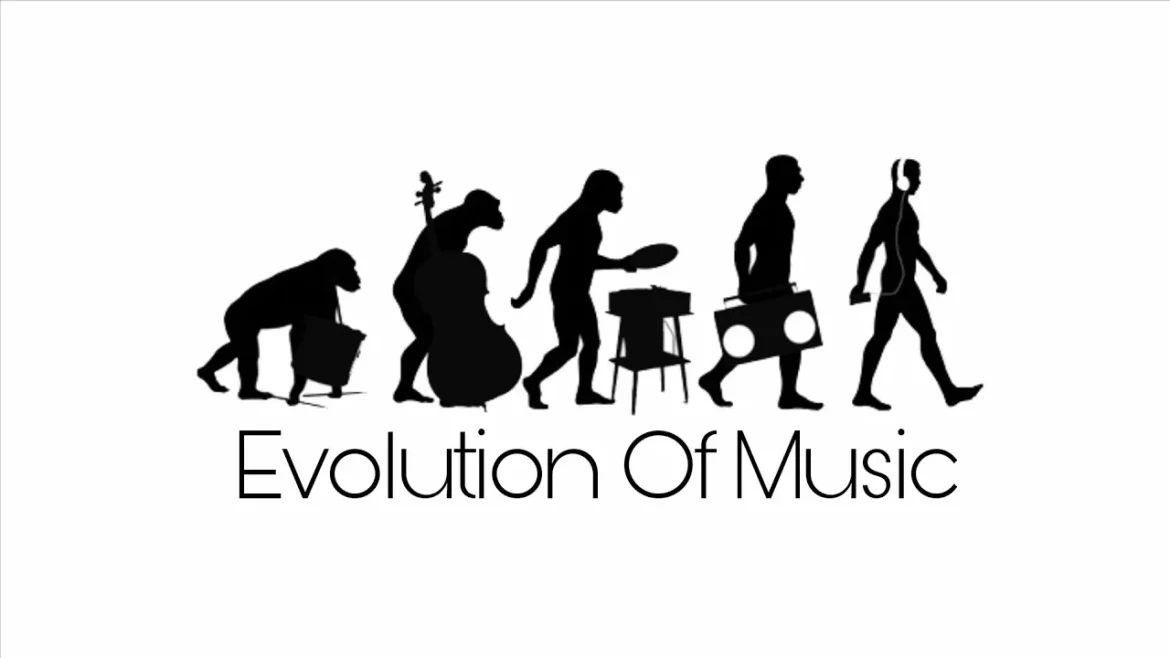One of the most prominent changes is the blending of genres. Musicians now incorporate traditional instruments into electronic, pop, or jazz compositions, creating hybrid sounds that appeal to a wider audience while still retaining cultural roots. For example, the kora, a 21-string instrument from West Africa, is increasingly featured in world music festivals alongside electric guitars and synthesizers. This fusion can rejuvenate interest among younger generations who might otherwise see traditional music as outdated.
Advertisement
However, this evolution is not without challenges. Some purists fear that the essence of traditional music could be diluted when adapted to modern trends. The simplification of melodies, alteration of rhythms, or the use of non-traditional contexts might, in their view, weaken its cultural significance. Others counter that adaptation is a natural part of cultural survival; after all, traditions have always evolved over time.
The role of technology cannot be overstated. High-quality recording equipment, online streaming platforms, and social media now allow traditional music to reach audiences far beyond its place of origin. Musicians from small villages can upload performances to YouTube, where they can be discovered by listeners halfway around the world. This accessibility has also sparked collaborations between artists who would never have met otherwise.

